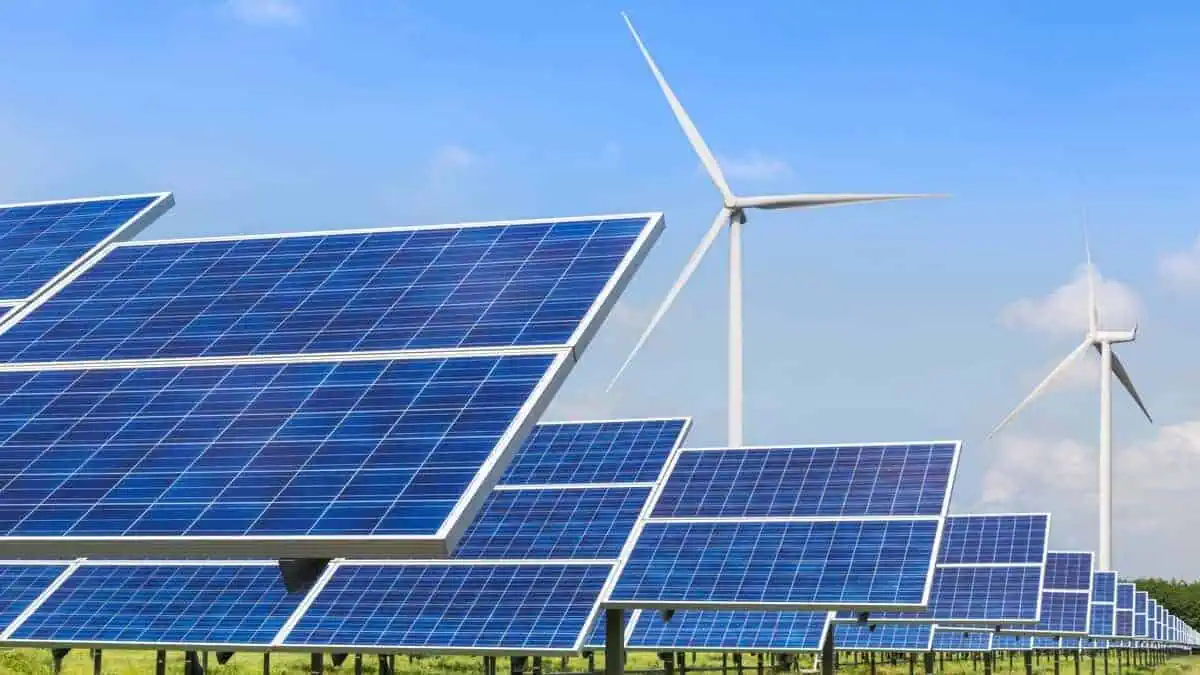A number of climate measures have been enacted in California, including one that establishes a 2045 net-zero carbon target, rules for carbon capture, restrictions on new oil wells drilling near populated areas, and extends the operation of the Diablo Canyon nuclear facility by an additional five years, according to Electrek.
At the conclusion of the two-year legislative session, there was a rush of activity as lawmakers finalized several proposals that had been discussed since the last election, many of which were climate-related.
For instance, California will spend $54 billion over five years on climate programs, including EVs, public transportation, grid improvements, water and wildfire initiatives, and more, owing to Gov. Newsom’s budget, which was passed by the state legislature.
The state now maintains a budget surplus of around $100 billion, making it the fifth-largest economy in the world, slightly ahead of the UK.
The Inflation Reduction Act, which was just passed and allotted $379 billion over ten years countrywide, is roughly 2.5 times as expensive (per capita) as this climate spending. Remarkably, Newsom’s 2020 proposal to end sales of new gas vehicles by 2035 was finalized by the state’s regulators.
Keeping Diablo Canyon Nuclear Plant Open
The ailing Diablo Canyon nuclear plant will remain operating for an additional five years instead of the anticipated closure in 2025 due to a $1.4 billion loan from the Californian government to Pacific Gas & Electric.
Additionally, PG&E intends to utilize a brand-new Biden Administration initiative to help maintain the functionality of nuclear plants.
Notably, 8.5% of the electricity produced in California is currently supplied by the Diablo Canyon single nuclear plant, which has two reactors.
In 2021, it produced about 16.5TWh, which was sufficient for more than 900,000 houses in California. It is also worth noting that natural gas, which makes up around half of California’s domestic generation, is used more frequently than non-fossil sources.
However, some environmentalists remain skeptical. Although it is costly and has no carbon emissions, it is also highly energetic, and there is no long-term solution for radioactive waste.
2045 net-zero carbon goal
California implemented a legislative requirement to reduce emissions by at least 85% and achieve net zero carbon emissions by 2045. Meanwhile, planting trees or using direct air capture might offset the remaining 15% of emissions.
In retrospect, pre-industrial CO2 levels were 280 ppm, while the current atmospheric CO2 level is 419 ppm, far higher than the 350 ppm threshold that experts deem “safe.”
These figures indicate that action is required to bring CO2 levels below 350 ppm. In order to do so, carbon must be caught and stored in some way.
Establish guidelines on carbon capture
For those unaware, any system that can absorb carbon and store it in a way that prevents leakage into the atmosphere is called carbon capture and storage.
Oil firms have actually shown some interest in carbon capture, which has led environmentalists to be skeptical of the technology because it increases carbon emissions by allowing more gas to be burned.
In response, the new legislation in California explicitly prohibits this system. It will not permit oil firms to use captured CO2 to extract more oil, but it will still establish rules for using carbon capture to achieve climate goals.
Ban new oil wells in residential areas
Considering that California has the 11th-highest population density and ranks 7th in terms of oil production, there would definitely be many people that live close to oil production sites.
Remarkably, local pollution from oil wells causes many health issues for nearby communities, which disadvantaged or low-income individuals frequently inhabit. This pollution is added to the global pollution brought on by climate change and car emissions.
In response, aside from implementing strict rules on existing oil sites, the new legislation prohibits the construction of new oil sites within 3,200 feet of any Californian residence, an institution of higher learning, or hospital.
Encouraging denser development
Due to the high demand for housing and a relatively small supply, California has extraordinarily high housing expenses. In fact, suburban sprawl has increased housing costs and pollution in the state’s largest metro region, Los Angeles.
The primary source of emissions in California, accounting for 41% of the state’s CO2 and 80% of its smog-forming pollutants, is transportation, which is increased by dispersed communities. Potentially, more densely populated areas may minimize emissions by making it simpler to provide city services, lowering transportation needs, and lowering heating and cooling requirements per inhabitant.
In order to promote denser housing and lower parking requirements for homes constructed close to public transportation terminals, the legislature has taken formal action through various policies. Additionally, a $1,000 tax credit was also put into place for low-income taxpayers who do not own cars.
All things considered, California has remarkably persisted in advancing with sound policies to guide people into a clean economy, while opponents of life on Earth writhe in agony over the fall of their genocide-inducing oil empires.






